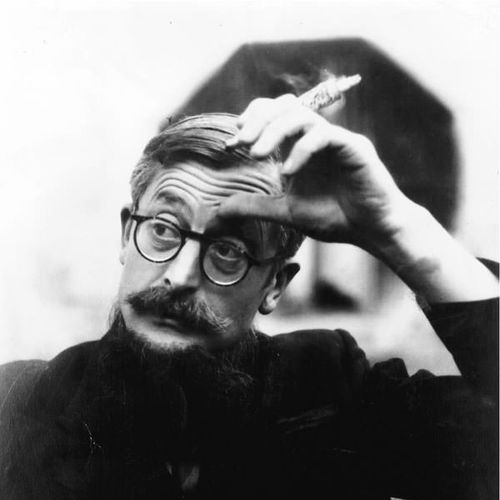William Empson
William Empson was born in Yorkshire, England, in 1906 and was educated at Winchester and Cambridge. His first published work was a volume of verse in the early 1930s, but he is best known for his books of literary criticism. Milton’s God, Seven Types of Ambiguity, Some Versions of Pastoral, and The Structure of Complex Words, now considered cornerstones of contemporary literary thought, were all first published in America by New Directions. Empson taught English Literature in Japan and China before the war, accompanying Peking University in its refugee retreat back to the Burma Road between 1937–1939. During the War he was editor of Chinese language broadcasts for the BBC. In 1947, he returned to his post in Peking with his wife and two sons, remaining until 1952. From 1953, he was Professor of English Literature at Sheffield University.


